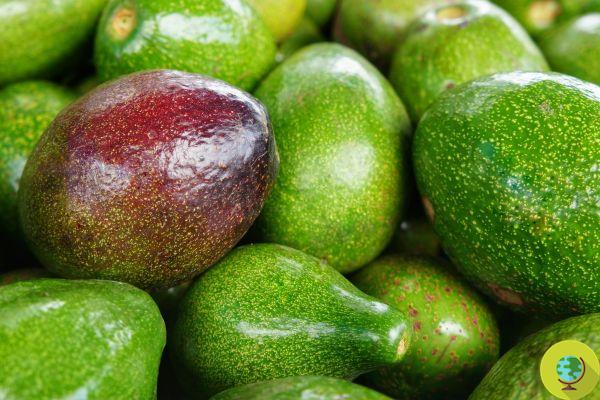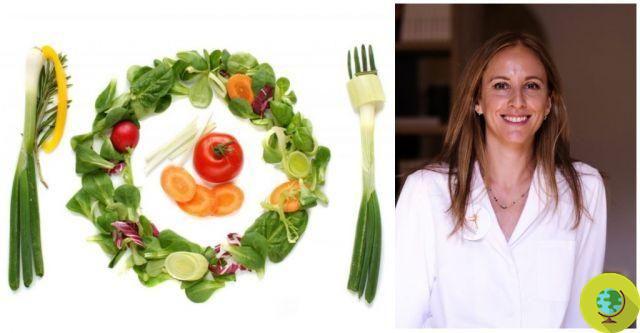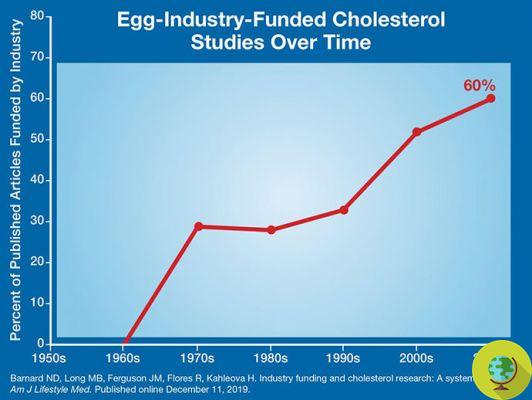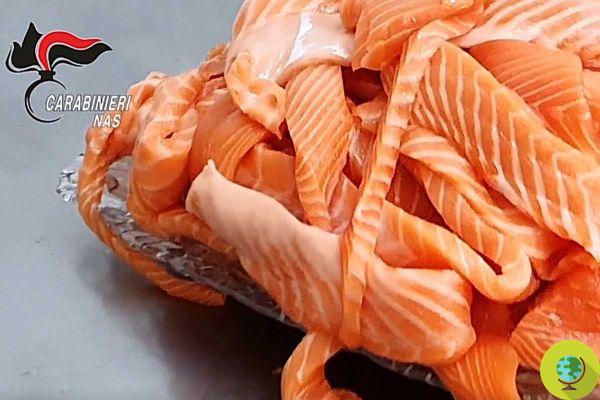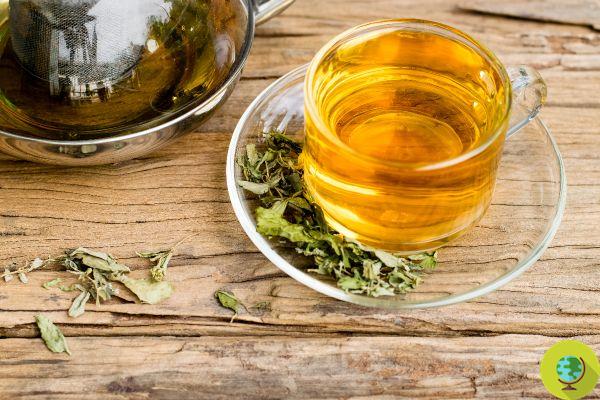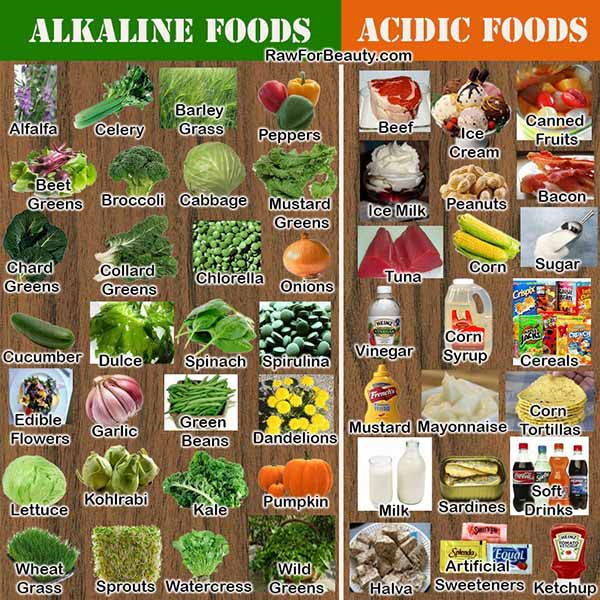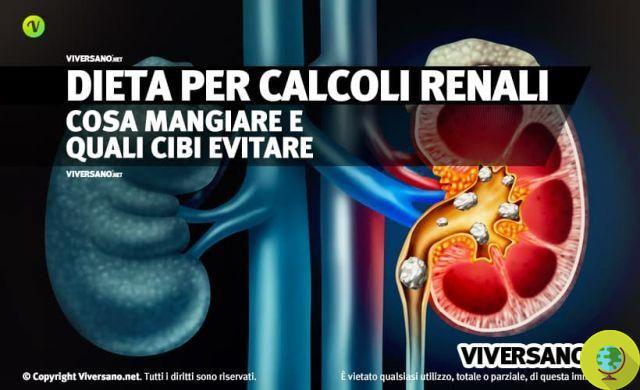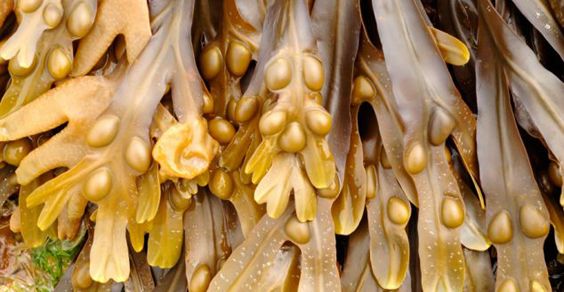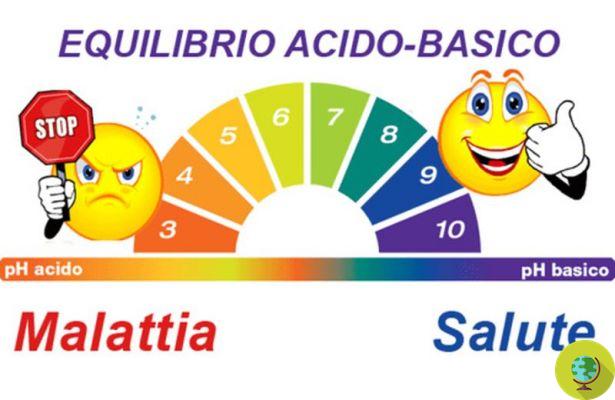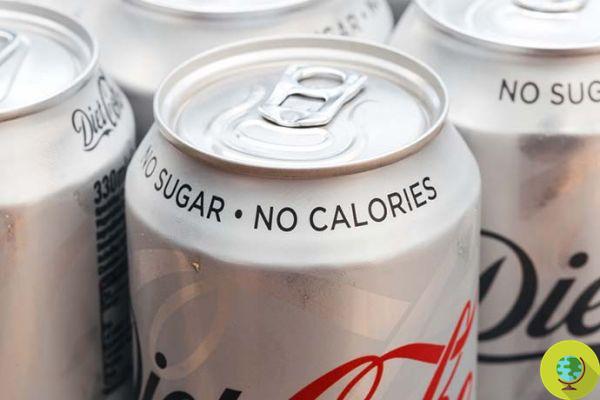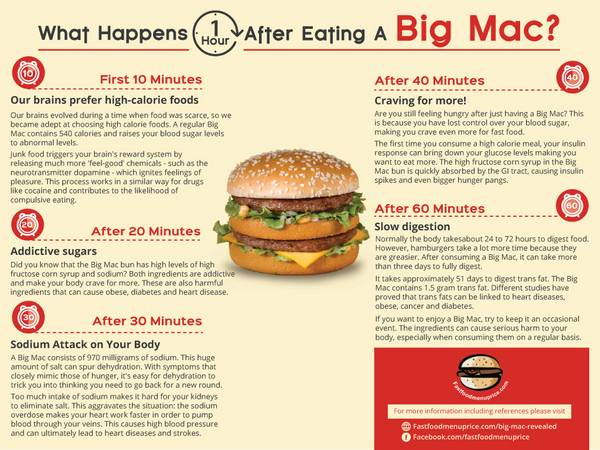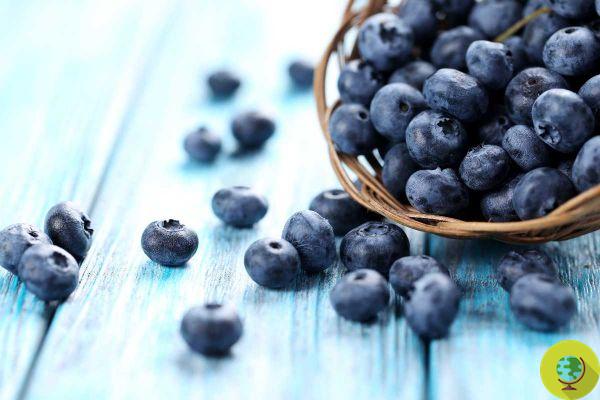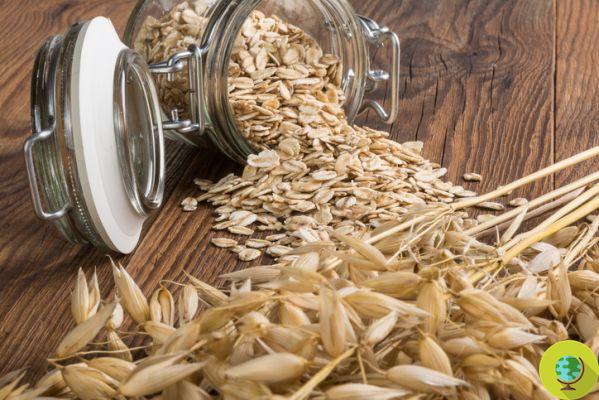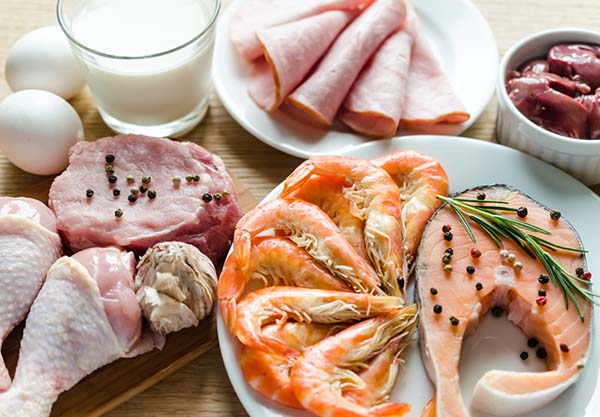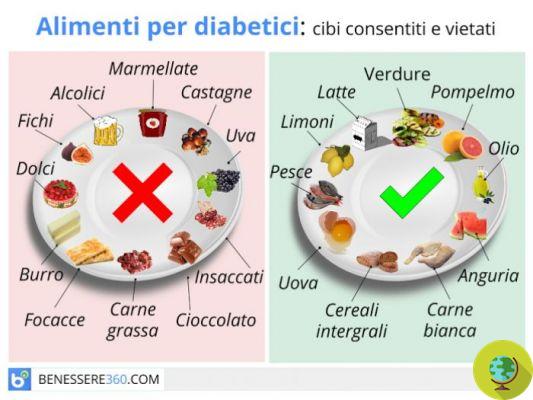Vegetable oils are not all the same, let's discover the various smoke points and when it would be better to use one rather than another.
Don't store avocado like this: it's dangerous- vegetable oils they are not all the same and their use in the kitchen should be well calibrated. Let's find out the various smoke points of the most common types of oil and when it would be better to use one rather than another.
On the shelves of supermarkets we find different types of vegetable oils, some are better suited to frying, others to cooking at low temperatures and others to be used exclusively raw to season foods.
The important fact to consider is that cooking in vegetable oil subjected to high temperatures can result in the release of toxic chemicals.
Then there is, as for example in the case of frying, a problem of lightness. Some oils are absorbed much more from food than others and consequently we have the disadvantage of finding ourselves struggling with foods that are heavier to digest, which leave that feeling of grease in the mouth, more caloric and which also expose us more to health problems. .
So do you know what is the best oil to use in the different situations that may arise in your kitchen?
Index
What is the smoke point?
It will have happened to you to forget the oil in a pan over high heat and to find that it is giving off a lot of smoke. This happens because every cooking fat, whether it is butter, lard or oil, has a smoke point: that is, a certain limit that corresponds to a certain temperature when the oil begins to disintegrate, releasing acrid and often toxic fumes.
Heated beyond its smoke point, the oil begins to release free radicals and a chemical called acrolein, the same that gives burnt foods their typical taste and smell.
To understand how smoke points affect food, we need to look at where the fats we commonly use come from and how they were produced.
Traditionally, oils are extracted from nuts and seeds by mechanical crushing and pressing. If bottled immediately afterwards, you have a raw or "virgin" oil that tends to maintain its natural flavor and color. Many unrefined oils of this type are rich in minerals, enzymes and other compounds, but they do not cope well with heat and tend to be particularly sensitive to rancidity. These are therefore oils more suitable for cooking at low temperatures or even to be consumed raw.
To make an oil with a high smoke point, manufacturers use industrial-grade refining processes such as bleaching, filtering, and high-temperature heating to extract and eliminate those compounds. What remains is a neutral tasting oil with longer shelf life and a higher smoke point.
Generally refined oils are more stable and more suitable for cooking at high temperatures such as frying than unrefined oils precisely because they tend to have a higher smoke point. The higher the smoke point of a fat, the more cooking methods you can use.
It must also be said that the longer an oil is heated the lower the smoke point becomes, which means that reusing the oil for cooking is a bad idea!
Comparison of oils
Extra virgin olive oil
Extra virgin olive oil is ideal for dressing salads, vegetables or any type of food as well as for eating simply with bread. Its best use is certainly raw, also to maintain the antioxidants and vitamins it contains. According to research conducted by Cobram, Australia's largest supplier of olive oil, high-quality EVO (another name for this oil) can reach smoke points at temperatures between 200-215 ° (most of experts instead believe that the smoke point is lower and stands at a maximum of 190 °) making it a healthy option for most types of cooking, including baking.
Natural antioxidants and vitamins A, D, E and K make this one of the healthiest oils to consume. Research has shown that good quality extra virgin olive oil reduces the risk of heart disease, type 2 diabetes, and some types of cancer.
Olive oil
It is a more refined oil, stable and neutral in flavor. However, the process by which it is carried out eliminates most, if not all, of its natural color, as well as the vitamins, mineral salts and antioxidants present in extra virgin olive oil. It is an oil that has a relatively high smoke point (240 °) and can be used for both superficial and deeper frying. There are those who also appreciate it as a cake or cookie fat as the flavor is relatively neutral.
Sunflower oil
Extracted from sunflower seeds, it is usually refined, a process that involves the use of chemical solvents such as hexane. While this process makes it more stable, and therefore suitable for high temperature cooking, it also eliminates some naturally occurring nutrients. With a smoke point of around 225 °, sunflower oil is great for frying.
Peanut oil
This oil, which contains mainly monounsaturated fats, has a relatively high smoke point of around 230 °. Obtained from the pressing of peanut kernels, it has an intense yellow color, nutty aroma and sweet taste, the refined one has a light yellow color and a neutral flavor.
Rice oil
Extracted from bran and germ, this neutral-tasting oil has a low viscosity and a high smoke point (about 260 °) is therefore ideal for roasting and cooking ingredients that you don't want to weigh down and with a delicate flavor. It can be used for frying or for sautéing in the wok at high temperatures.
Coconut oil
Virgin coconut oil is a popular substitute for butter in cooking. Its natural sweetness makes it ideal for cooking some sautéed dishes. It has a low smoke point (about 175 °) and is therefore not suitable for cooking at high temperatures such as frying. Also avoid buying hydrogenated coconut oil which undergoes a process of extreme heat and pressure and the introduction of hydrogen to make the oil more stable and last longer.
Linseed oil
Flaxseed oil is an example of an oil that should never be subjected to high temperatures. It is obtained by pressing the dry and ripe seeds of the flax plant, it contains large quantities of vegetable omega-3 and should not be used for cooking (therefore it is not a cooking oil) but only raw as a condiment or dietary supplement.
Here is a table where you can find the smoke points of a number of oils and fats (also not mentioned in our list but widely used in the US) taken from "The Professional Chef" guide of the Culinary Institute of America.

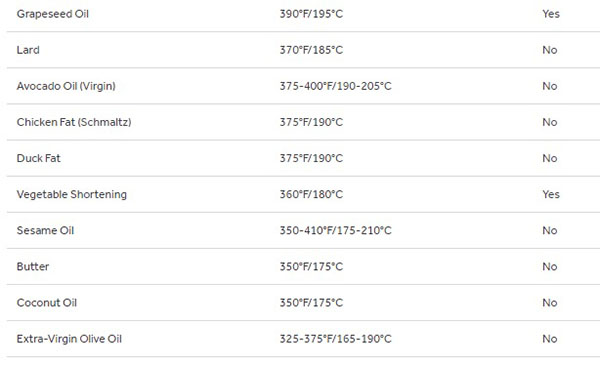
Gallery
All neutral oils listed in this table are refined. Although there are unrefined versions, these are generally found on supermarket shelves and are used more frequently.
How to store oils
Regardless of whether they are used or not, all oils at some point break down and become rancid, long-term consumption of rancid products has been linked to increased risk of obesity, premature aging and cancer. It is therefore good to keep all oils away from sources of heat, in a cool and dark place in order to prolong their life and prevent rancidity.
Follow us on Telegram | Instagram | Facebook | TikTok | Youtube
On oils, you may also be interested in:




